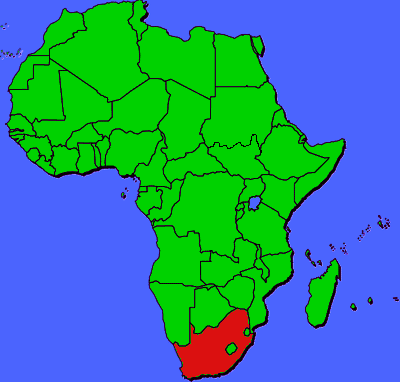
Circle the area on this map

B. The Cape of Good Hope is about 90 miles west-northwest of the southern tip of Africa. Cape Town was established by the Dutch as a supply point for ships sailing to East Africa, India and the Far East. After the water is turned off, residents will be able to get 6.6 gallons each per day at one of 200 public water stations.
C. Johannesburg has nearly 8 million people in its urban area, while Durban has about 3.5 million in its metro area. Cape Town is the legislative capital of South Africa while Pretoria is the executive capital and Bloemfontein is the judicial capital.
A. Landslides of mud and stone fell into the Rimac river and other tributaries that supplied the capital. The solid residue overwhelmed Lima’s treatment plant's ability to process it into drinking water.
D. More than 100,000 Flint residents were exposed to high levels of lead in their drinking water because of insufficient water treatment after officials switched water supplies to save money. The problem was covered up for months before residents were instructed to only use bottled or filtered water.